Improving Mobility and Saving Lives Around Lake Victoria
How WaterBus Uses Meta’s High Resolution Population Density Maps to Better Connect their Community
Lake Victoria basin is home to about 40 million people and is the second largest body of fresh water in the world with a shoreline stretching across Kenya, Uganda and Tanzania. Many populations around the lake, particularly on the islands, must traverse the lake in order to reach health services or economic opportunities, but with no safe or reliable transportation infrastructure, resort to using wooden vessels that are often poorly constructed and overloaded with sacks of goods and people trying to reach their destination. Few canoes carry life vests or flotation devices due to the cost and poor adherence to safety norms and standards. Many people, even fishermen who spend their days working on the water, don’t know how to swim. Fast moving squalls on Lake Victoria also bring strong winds, rain and up to two meter high waves that strike with no warning due to poor real time weather information.
This dangerous combination of conditions leads to an estimated 5,000 deaths every year due to drowning. The actual estimated number of fatalities is likely higher since data is lacking and many deaths go unreported. A team of regional academics even suggested that Lake Victoria is "arguably the most dangerous stretch of water in the world in terms of fatalities per square kilometer."
To address these safety and mobility issues and help save lives, Malcolm Ormiston, a mechanical engineer with experience in innovative transportation solutions, founded the company Globology in 2005 with the mission to provide safe and sustainable water transportation for everyone around Lake Victoria. When the first vessel started working in 2010, islanders named it the WaterBus, and the name stuck. WaterBus slowly began transforming passenger transportation around Lake Victoria by offering insured journeys on serviced, modern and environmentally friendly catamaran ferries. WaterBus operates routes between islands and mainland towns and provides key road connections transporting an average of 1,000 people per day to 11 communities. WaterBus’ comfortable, safe and reliable catamaran ferries have significantly increased mobility of communities around the lake, whilst decreasing the number of drownings. Currently, Globology operates four catamaran style WaterBus vessels and has safely transported more than 2.5 million passengers.
.Critical to WaterBus’ service model is understanding where people are located around Lake Victoria in order to serve these communities and develop new routes. To accomplish this, WaterBus uses Meta's high resolution population density data that is available through the Data for Good Program at Meta. This data is available publicly on the Humanitarian Data Exchange (HDX) and AWS for more than 160 countries and territories around the globe.
“High quality population data is critical for us to identify where populations live across Lake Victoria islands and mainland. Our only other option is to travel around the lake and try to spot canoes, which is time intensive and costly. Since WaterBus is a small business that focuses on serving our community, this information is vital in identifying priority routes and ensuring we are able to reach the most vulnerable populations, which may otherwise be left behind.” ~ Friedrich Neser CEO
While WaterBus was originally started with the goal to reduce drownings on Lake Victoria, their small business has since created 54 quality local jobs and training opportunities for maritime students, artisans and boat builders. Independent impact studies have also shown that WaterBus’ service raises personal incomes in the villages they serve by 179%, increases economic activity, increases women’s free time and well being, provides better access to health services and allows children on the island access to better education. The WaterBus is also 95% less polluting than the water pollution generated by two stroke engines per passenger traveling.
“Waterbus is good to my business because when the passengers disembark here at Yokia, a good number of them pass by my stall here and purchase my goods as they as they go” - Lydia Akinyi In Yokia, Mfangano Island
WaterBus is continuing to identify populations to serve and develop new routes. Their goal is to have 30 routes operating on Lake Victoria and provide an annual 1.6 million rural passenger trips on Lake Victoria. WaterBus is also using Meta’s High Resolution Population Density Maps to evaluate additional routes on inland waterways across Africa with a target of expanding to other African lakes and coastal waterways.




